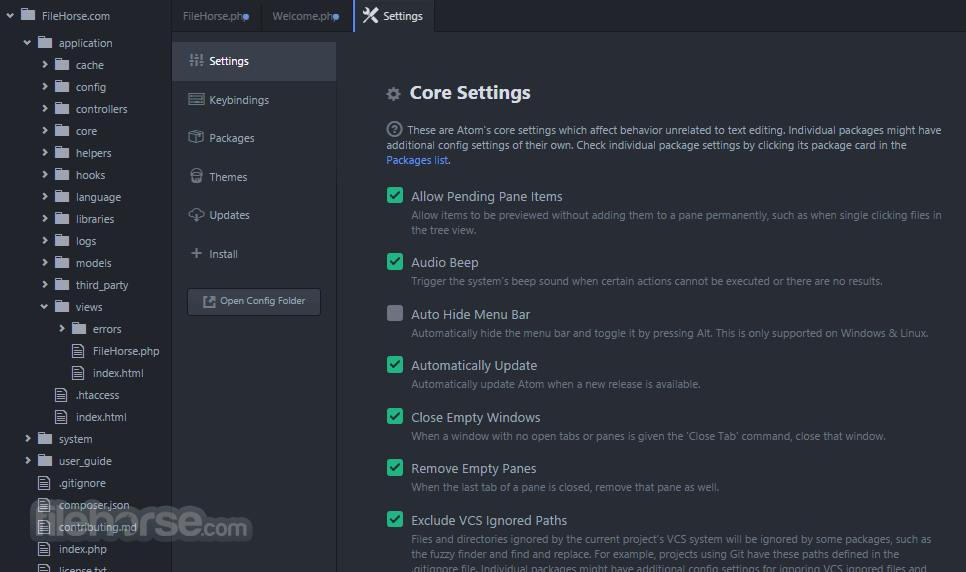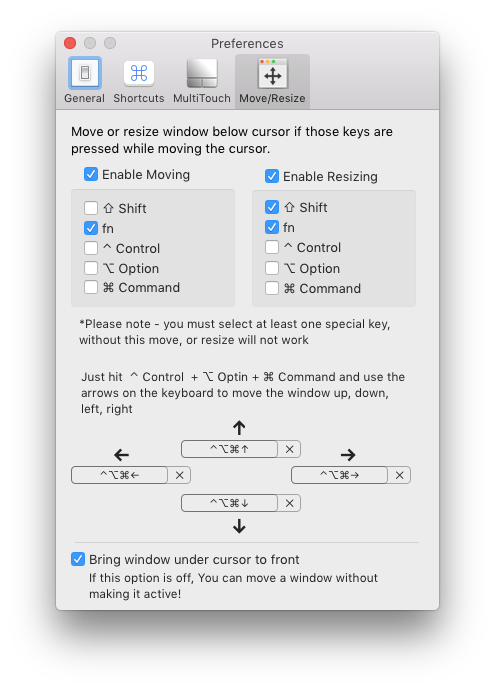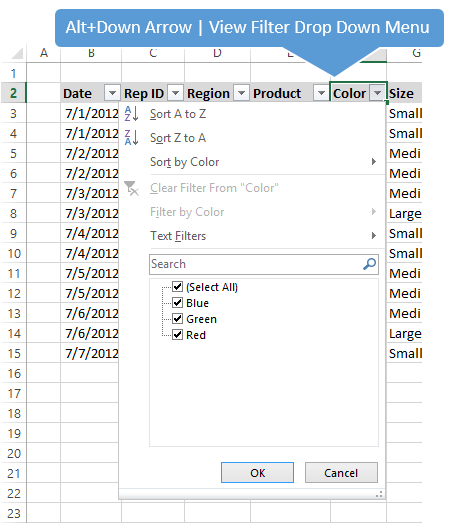Alt key on Mac is indeed exist. And it’s called Option key.
Move to the Tell me or Search field on the Ribbon and type a search term for assistance or Help content. Alt+Q, then enter the search term. Open the File page and use Backstage view. Open the Home tab and format text and numbers and use the Find tool. Open the Insert tab and insert PivotTables, charts, add-ins, Sparklines, pictures, shapes, headers, or text.
Windows vs Mac—there are so many differences. A lot of our customers have used a PC before and then decide they want to switch to Mac for better performance, nicer design, or for better security. However, they were afraid they would have a hard time getting used to the macOS keyboard. We hear questions like, “How can I close a Window? The Mac keyboard doesn’t have the Alt + F4 shortcut.” We always give them two answers:
Option 2: Using the Backslash Shortcut (Mac and Windows) The keyboard shortcut for the Backslash Symbol for Mac is Option + Shift + 7 or alt+shift+/. For Windows users, use the Alt Code method by pressing down the alt key and typing the alt code of 92 on the numeric keypad. The Alt key has come to replace the Meta key of the old MIT keyboards. In their original function, both Alt and Meta would set the high bit of the signal generated by the key to 1 (for example, A generates 01000001 while Alt+A generates 11000001). However, in modern software, due to the requirement of the high bit for internationalization, Alt no longer works in such a way.
1. With Parallels Desktop for Mac you have the choice to use the same keyboard shortcuts you had on your PC.
2. If you want to use the Mac keyboard you will experience that the alt key is very different, as we explain in this blog post.
Where is the Alt key on a Mac keyboard?


The PC-keyboard equivalent of Alt on a Mac is called the Option key, and you’ll find the Option Key on your Mac if you go two keys to the left of the spacebar. However, the option key on a Mac keyboard is used in a different way than the alt key on a Windows PC. In terms of functionality, the alt key in Windows is often more comparable with the Command key than with the Option key on a Mac. You might be also familiar with the Ctrl and Alt keys from your PC. On your Mac keyboard, you have Command (⌘ cmd), Control (ctrl), and Option (⌥ alt) keys.


How do Windows shortcuts change on a Mac?
Check out some equivalents of popular Windows alt shortcuts on a Mac, which might be especially helpful for those users who are new to Mac:
| Windows | Mac | |
| Closing a window | Alt-F4 | Command-W |
| Restarting | Control-Alt-Delete | Control-Command-Eject |
| Shutting down | Control-Alt-Delete | Control-Option-Command-Eject |
| Logging out | Control-Alt-Delete | Shift-Command-Q |
| Switch between open apps | Alt + Tab | Command-tab |
| Go back | Alt + Left arrow | Command + Left arrow |
| Go forward | Alt + Right arrow | Command + Right arrow |
| Move up one screen | Alt + Page Up | Command + Page Up |
| Move down one screen | Alt + Page Down | Command + Page Down |
Alt 1 Toolkit For Mac
When running Windows on a Mac with Parallels Desktop, is it possible to use Windows shortcuts on a Mac?
If you run Windows on your Mac with Parallels Desktop for Mac, you can configure your keyboard shortcuts the way you want to work, with either macOS or Windows shortcuts. Click here for more information on how to set the different shortcuts.
You can find even more useful Mac shortcuts in the infographic here.
Alt 1 For Mac
Missing your Start Menu and familiar Windows look and feel? You can use Parallels Desktop and have Windows 10 along with your favorite Windows apps on your new Mac.
